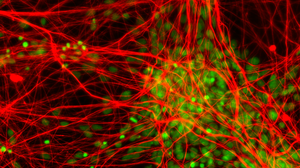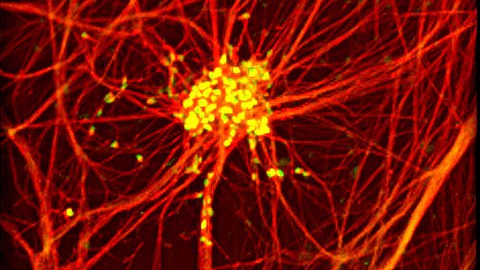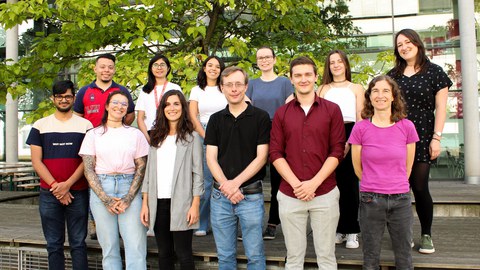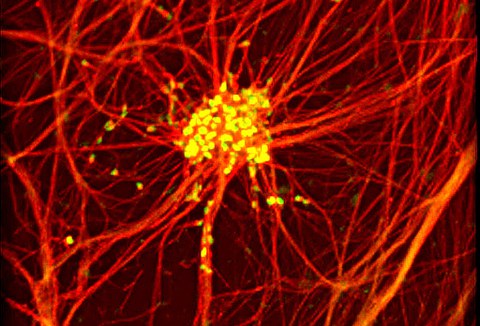Sterneckert Lab
Induced pluripotent stem cell (iPSC) technology offers a unique opportunity to study neurodegenerative diseases such as amyotrophic lateral sclerosis (ALS) and Parkinson’s disease (PD). Reprogramming enables the generation of iPSC lines directly generated from fibroblasts donated by a patient with an observable phenotype and known genotype. Using iPSCs, theoretically limitless numbers of specialized cells, including neurons, can be generated that carry the same genetic mutations as the donating patient.
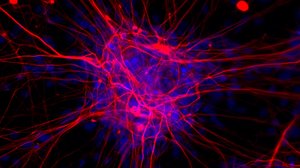 © Sterneckert Lab
© Sterneckert Lab
Our Research
Critical questions are:
- Why do neurons degenerate?
- Why is it age dependent?
- How can we extend neuronal survival?
- How do we improve the success of clinical translation in order to better help patients?
A critical ingredient to answering these questions is to be able to study human neurons. This is not trivial. Until recently, human neurons were almost completely unavailable. Instead, transformed cell lines such as HeLa were used. However, it is now apparent that drugs found using transformed cell lines haven't been very successful in patients. Induced pluripotent stem cells (iPSCs) offer a revolutionary alternative.
Using reprogramming, we can directly generate iPSCs from skin cells of a patient. iPSCs can undergo immortal self-renewal as well as differentiate into functional neurons, meaning that they can provide a theoretically limitless supply of neurons that can be used to study the same disease that affected the donating patient. Using gene editing, we can correct disease mutations, make knockouts, and insert reporters. We can perform drug screening to identify effective drugs. For example, we recently generated a model of ALS using FUS-eGFP reporter, which we used to identify FDA-approved drugs that rescued the disease. We have teamed up with pharmaceutical partners as well as clinicians so that these studies can move from the bench to patients and back again to the laboratory for validation.

